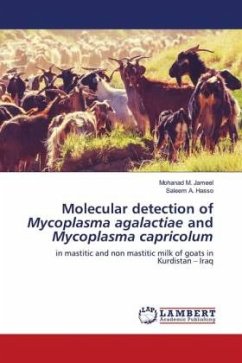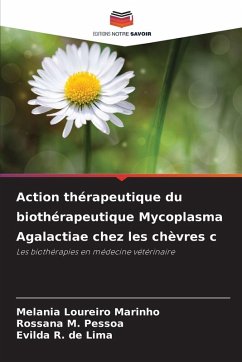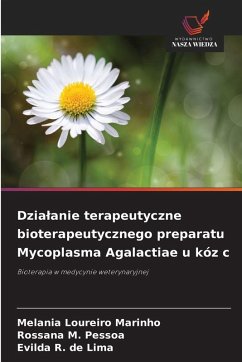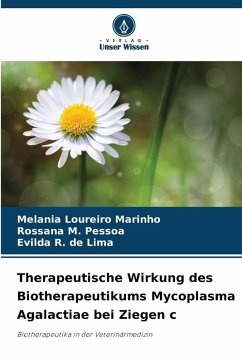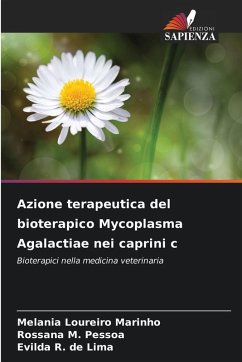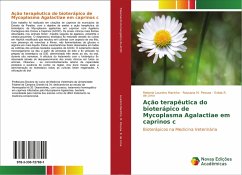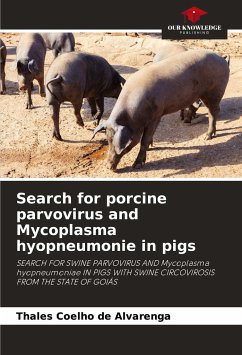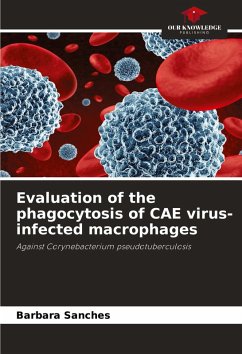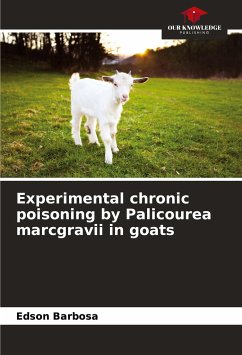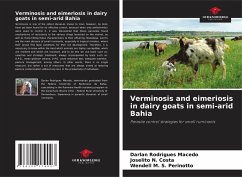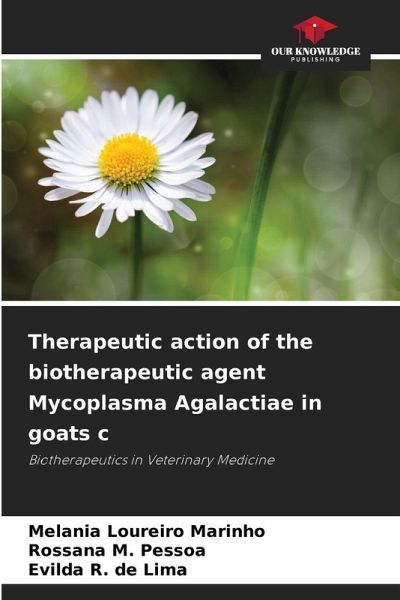
Therapeutic action of the biotherapeutic agent Mycoplasma Agalactiae in goats c
Biotherapeutics in Veterinary Medicine
Versandkostenfrei!
Versandfertig in 6-10 Tagen
27,99 €
inkl. MwSt.

PAYBACK Punkte
14 °P sammeln!
This study was conducted on goat farms in municipalities in the state of Paraíba, with the aim of evaluating the therapeutic action of the biotherapeutic agent Mycoplasma agalactiae in goats with contagious agalactia of sheep and goats (CAGS). The most common clinical signs observed in the animals were mastitis followed by agalactia, polyarthritis, and keratoconjunctivitis. The aetiological diagnosis was made through modified Hayfick culture, which resulted in colonies with a fried egg appearance, with the presence of spots and films, non-fermenting glucose and arginine in liquid medium. Thes...
This study was conducted on goat farms in municipalities in the state of Paraíba, with the aim of evaluating the therapeutic action of the biotherapeutic agent Mycoplasma agalactiae in goats with contagious agalactia of sheep and goats (CAGS). The most common clinical signs observed in the animals were mastitis followed by agalactia, polyarthritis, and keratoconjunctivitis. The aetiological diagnosis was made through modified Hayfick culture, which resulted in colonies with a fried egg appearance, with the presence of spots and films, non-fermenting glucose and arginine in liquid medium. These characteristics were observed in all colonies of animals tested for suspected ACOC. This microorganism was isolated from milk samples and used in the preparation of the biotherapeutic at D30, administered three times a day, orally, for eight weeks. The effectiveness of treatment with the biotherapeutic was observed through the disappearance of clinical signs in all animals. Concomitantly, areturn to productive capacity and absence of outbreaks in the region were observed. Twelve months after administration of the biotherapeutic, all cultures were negative. The use of biot



